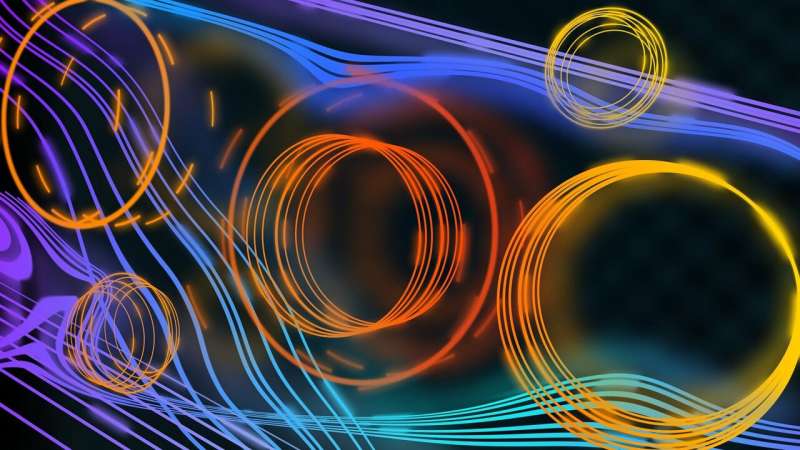This article has been reviewed according to Science X's editorial process and policies. Editors have highlighted the following attributes while ensuring the content's credibility:
fact-checked
trusted source
proofread
The strangest coincidence in physics: The AdS/CFT correspondence

Attempts to turn string theory into a workable theory of nature have led to the potential conclusion that our universe is a hologram—that what we perceive as three spatial dimensions is actually composed of only two. The greatest realization of this hologram-led program is a proposal that goes by the awkward and clunky name of the AdS/CFT correspondence, first proposed by string theorist Juan Maldacena in the late 1990s.
The AdS/CFT correspondence is not a solution to the problems posed by string theory per se, but a statement motivated by advances in the theory when one takes the holographic principle seriously. It is also not a revolution by itself, but it does tell us that we are not entirely misguided when we make the bold claim that we live in a hologram, and begin to dream about what that revelation might entail.
We need to, briefly I assure you, unpack these acronyms to see how powerful this connection is, and what it might teach us about the wider universe. The "AdS" stands for anti-de Sitter, which is a particular kind of solution to Einstein's general theory of relativity. The name comes from Dutch physicist Willem de Sitter, who constructed a mock universe that was empty of all matter and energy with the exception of a strong outwards curvature.
This mock universe was never intended to describe the real universe, but to simplify Einstein's equations enough that they could become approachable, and from there the hope would be that you could slowly add back in the normal components of a cosmos and approach a more realistic solution.
The "anti" doesn't refer to the arch-nemesis of old Willem, but rather another mock universe that is also completely empty, but this time the curvature pulls inwards rather than flings outwards.
The "CFT" in the correspondence refers to a particular kind of quantum theory construction known as conformal field theory. Conformal field theories are not, generally speaking, broadly applicable to practical physics, because as it turns these kinds of theories, while being very close cousins to quantum theories that are applicable, do not describe nature all that well.
Now finally we can reveal Maldacena's insight. He discovered that a particular version of string theory living within an anti-de Sitter universe could map onto a conformal field theory on the surface of that universe.
I will admit that this doesn't sound all that impressive, so let's put it another way. String theory hopes to be a theory of quantum gravity, a problem we have failed to solve for nearly a century. The problem with quantum gravity is gravity itself—the way it twists and turns spacetime is simply unamenable to our usual quantum toolset. Maldacena found, in a very limited case, that he could map this intractable problem within a universe onto the surface of that universe, where gravity goes away, replaced by a set of physics that are completely ignorant of that force…and a set of physics that we know how to solve.
Provided by Universe Today





















